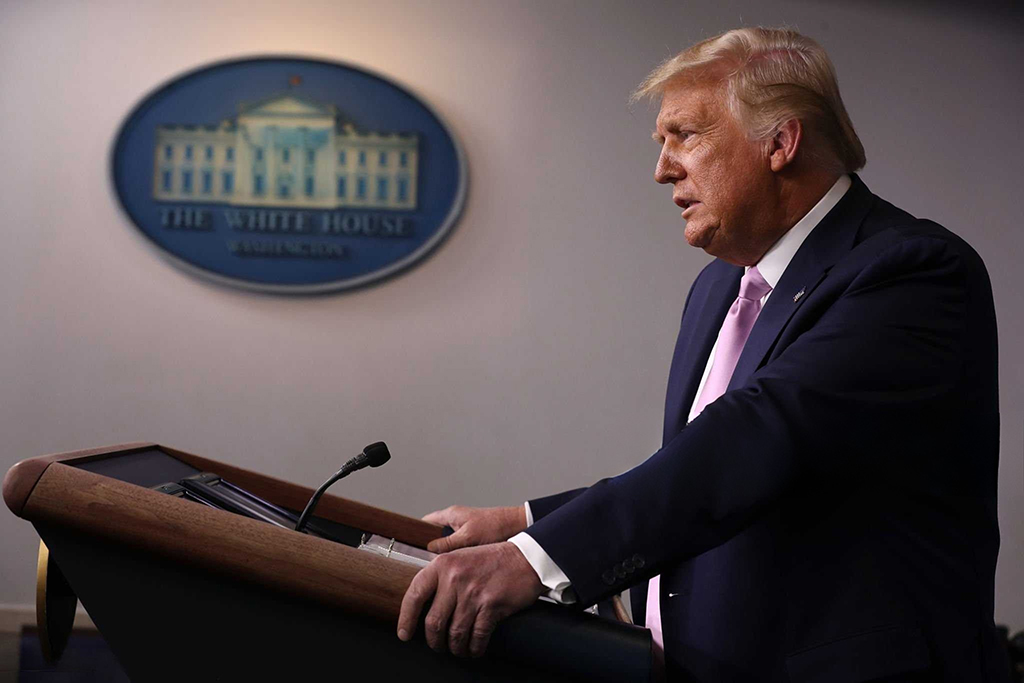
What Trump 2.0 Means for the Energy Market
February 15, 2025
Written By Tim Danze
At the time of this publication, we are about one month into the new Trump administration, and so far, not much has changed in the big picture of the energy markets. Prices in the crude oil, gasoline and ULSD markets have continued to congest in ranges that have been in place for some time now. The market continues to have tons of uncertainty and no clear outlook. Prices rallied up to Inauguration Day in the crude oil, gasoline and ULSD markets. These rallies were driven mainly by news headlines trying to put fear in the market that there would not be enough oil. Headlines come fast, but change comes more slowly.
As promised during his campaign, President Trump immediately issued executive orders affecting U.S. energy policy. In his inaugural address, Trump promised to declare a “national energy emergency” and use his office’s powers to bring down energy prices, fill U.S. strategic reserves and export U.S. energy worldwide. The speed and scope of Trump’s directives and announcements represent a dramatic shift in U.S. energy policy, the impacts of which remain to be seen.
Fuel markets trended downward for roughly 10 days after the inauguration, pushed lower by Trump’s bearish mantra of “drill, baby, drill” and his talk of lowering energy prices. However, it wasn’t long before market fundamentals provided a dose of reality, and prices reversed course, trading up into the middle of recent ranges.
The factors pushing the current market up and down remain essentially unchanged. The Middle East, China, ongoing wars, OPEC+, interest rates and inflation have all helped to ball the market up into the congested pricing situation we see today. It will likely take a significant event to push it in either direction. The outlook for now is more of the same, and prices will be relatively flat going forward.
One factor that could change pricing quickly is the implementation of tariffs. On Feb. 1, the Trump administration announced a 25% tariff on imports from Canada and Mexico and a lower 10% tariff on energy resources from Canada. On Feb. 3, Trump agreed to pause the implementation of the tariffs on Canadian and Mexican goods until March 4, 2025. Negotiations between the United States, Canada and Mexico are ongoing, and there is a possibility that the tariffs may never go into effect, but the threat still looms.
Canadian crude oil plays a crucial role in the operations of many U.S. refineries, especially in the Midwest. In recent years, Canada has served as the top crude oil supplier to the United States, accounting for roughly 62% of total U.S. crude imports. While the United States is a major crude producer in its own right, the need for Canadian crude exists because U.S. refineries are not built to handle the light, sweet crude produced domestically. Our Canadian neighbors produce the heavy crude that our refineries are built to process.
The U.S. Energy Information Administration forecasts a modest increase in U.S. oil production this year, tempering expectations of drill-baby-drill proponents. Today’s U.S. oil producers are predominantly major companies focused on sustainable returns rather than wildcatters chasing boom-and-bust cycles. This corporate mindset shapes how they’re likely to respond to the current administration’s aggressive energy expansion strategy. While new executive orders aim to streamline permits and development, they first require evaluation by federal regulators. In the short term, this policy shift might encourage more exploration initiatives rather than an immediate production surge, as companies balance more permissive regulations against their established focus on returning shareholder value.
Another key uncertainty is whether the Trump administration will wait for these policy initiatives to bear fruit or if more aggressive measures could be forthcoming to accelerate the timeline.


